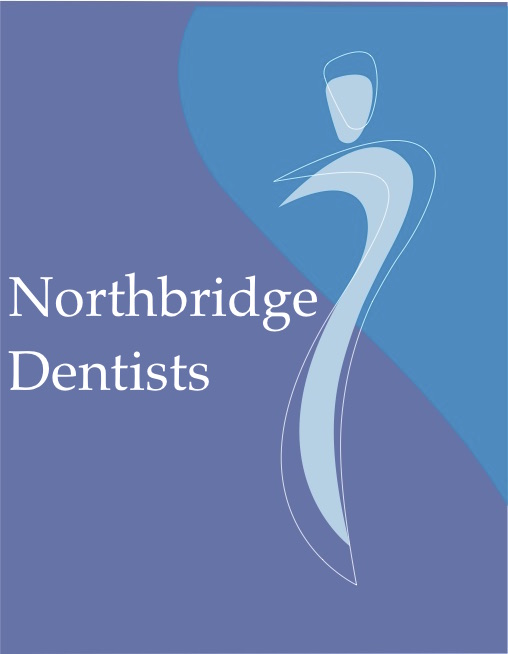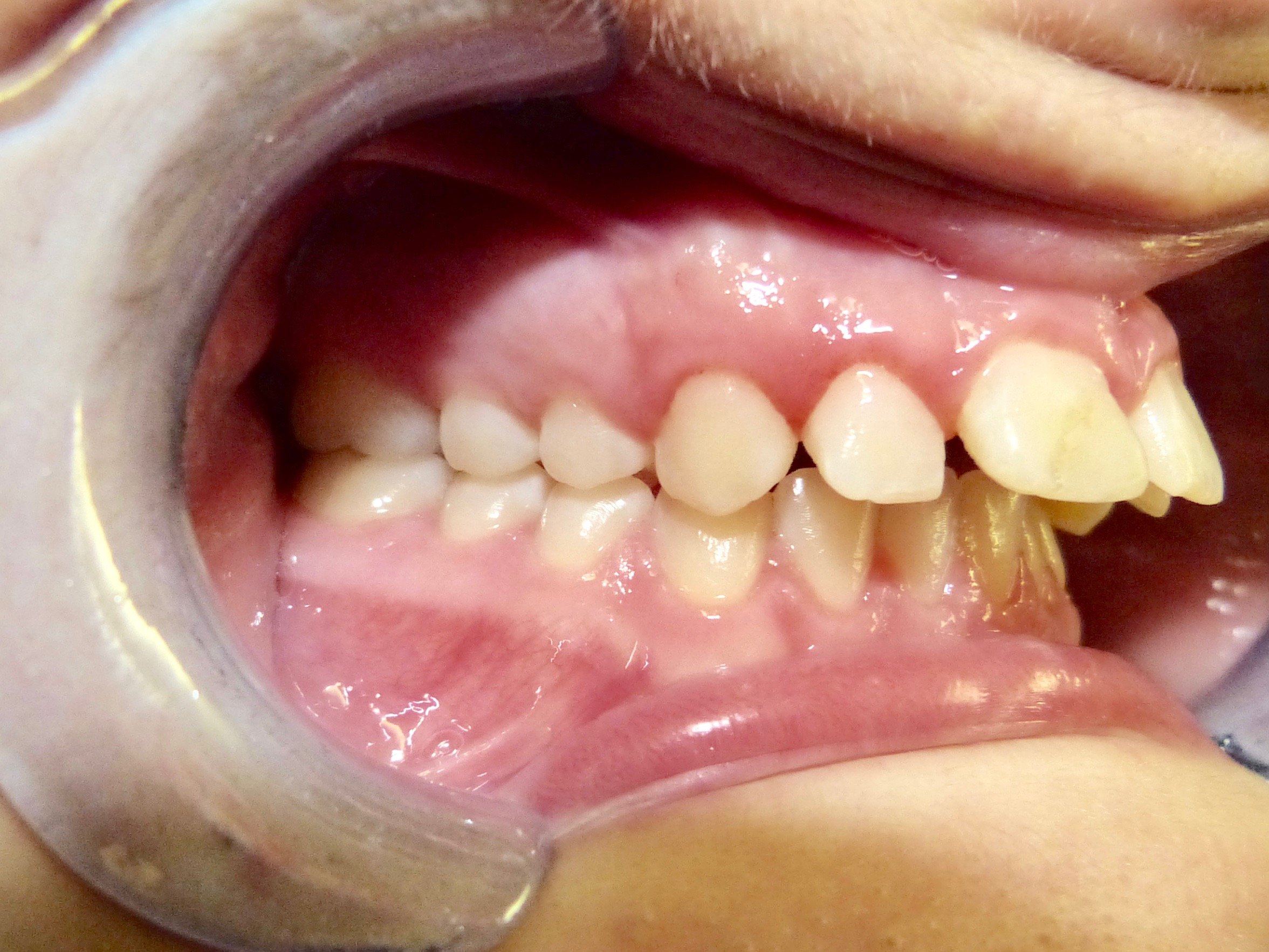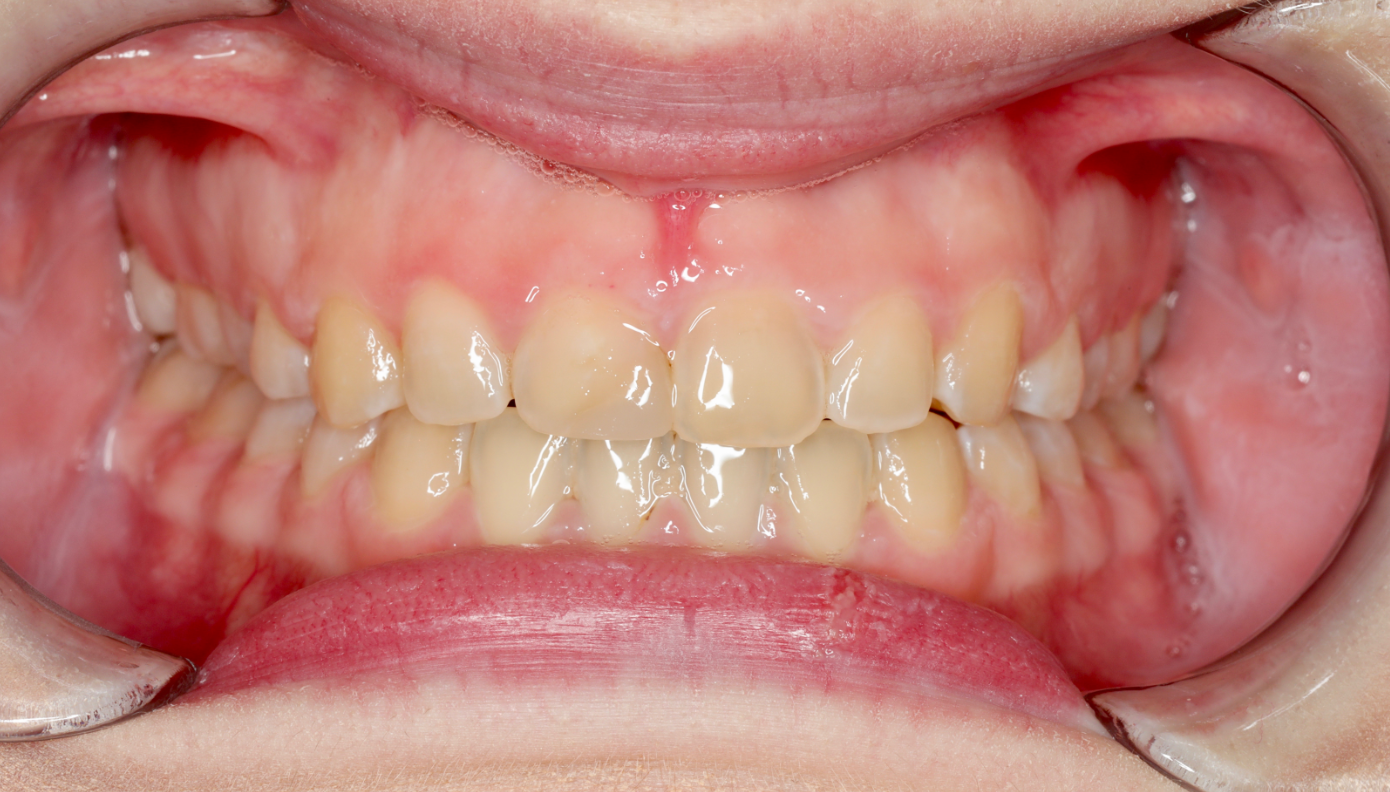Orthodontic treatment in Northbridge with a Northbridge Dentist
Straight teeth are great teeth right? Well orthodontics for most people is the branch of dentistry aimed at ‘straightening teeth’ and is synonymous with ‘braces’. However orthodontics can also improve the way the teeth and mouth function. It can also influence the way jaws grow and improve facial balance and appearance
Before braces
After braces (case by Dr David Vickers)
Before braces
After braces (Dr David Vickers)
Do I need orthodontics?
For many people, orthodontics is an aesthetic choice as they want to have a nicer smile. However for others, their teeth and jaws are so misaligned that normal functioning is impaired. Your friendly Northbridge Dentists team can help asses your need for orthodontics.
For children, your dentist will usually start to perform a brief orthodontic assessment around seven or eight years of age, when the adult anterior teeth and six-year-old molars have come through into position. Some issues may be identified and corrected early. If so, the dentist may either commence early treatment or suggest referral to an orthodontist.
Most children with orthodontic problems can wait until around age 12-14 when all of the adult teeth have come through. These children usually undertake comprehensive orthodontic treatment - ‘braces’.
Adults can be assessed straight away! Understand that it is important to stabilise the teeth first including any fillings and gum treatment, before considering orthodontics.
Northbridge Dentists offer a range of orthodontic treatment for both kids and adults. In addition we are proud providers of Invisalign.
FAQs?
Who can have orthodontics? What ages should they start?
Young kids: Kids as young as seven or eight years of age can commence orthodontic treatment, usually with special appliances to help correct skeletal discrepancies and take advantage of their active growth. Some kids may require space maintenance for the early loss of teeth - this can happen at an even younger age. Early orthodontic treatment should only be undertaken when there is a clear benefit to the child and it is likely to allow the child to grow more normally, prevent damage to the teeth or improve self-esteem.
Older kids and teens: This is when the majority of orthodontic patients receive treatment. This is a good time because all of the adult teeth are through, but the facial bones are still developing, so they can be more easily changed if necessary. This is the most common time for full upper and lower braces to be fitted.
Adults: Moving teeth in adults is very similar to the process in teens and kids. However because an adults facial bones have stopped growing, those with severe malocclusion or asymmetry may require surgery for a successful outcome. In addition many other conditions such as extra or missing teeth, heavily restored teeth, periodontal disease and poor oral hygiene may limit the success or ability to perform adult orthodontics.
Other than having nice looking teeth, why do I need orthodontics?
Chewing and biting: When teeth have an irregular or poor bite it can make proper chewing and biting more difficult.
Risk of damage: For example when anterior teeth are very protruded (forward positioned) they are at greater risk of being damaged with sport or in an accident or fall. For others, their bite can be so heavy and concentrated on a few teeth that they wear away more easily, especially if they grind their teeth.
Speech: For some the improper position of their teeth can lead to speech and pronunciation difficulties.
Difficulty cleaning: Some teeth can be particularly crowded or even too widely spaced. Both situations can lead to food and plaque accumulating more easily and make cleaning difficult.
Jaw Joint problems: Some jaw joint problems can be helped with orthodontic treatment, however this is very unpredictable.
Breathing concerns: Mouth breathing can affect the growth of the face and lead to some health issues. Orthodontic treatment can help some children reduce their mouth breathing.
Facial Appearance and balance: Apart from improving the appearance of one’s teeth and smile orthodontic treatment can help improve facial growth and appearance. This can be both for the growing child and for adults. For adults this may even mean the use of orthognathic surgery.






